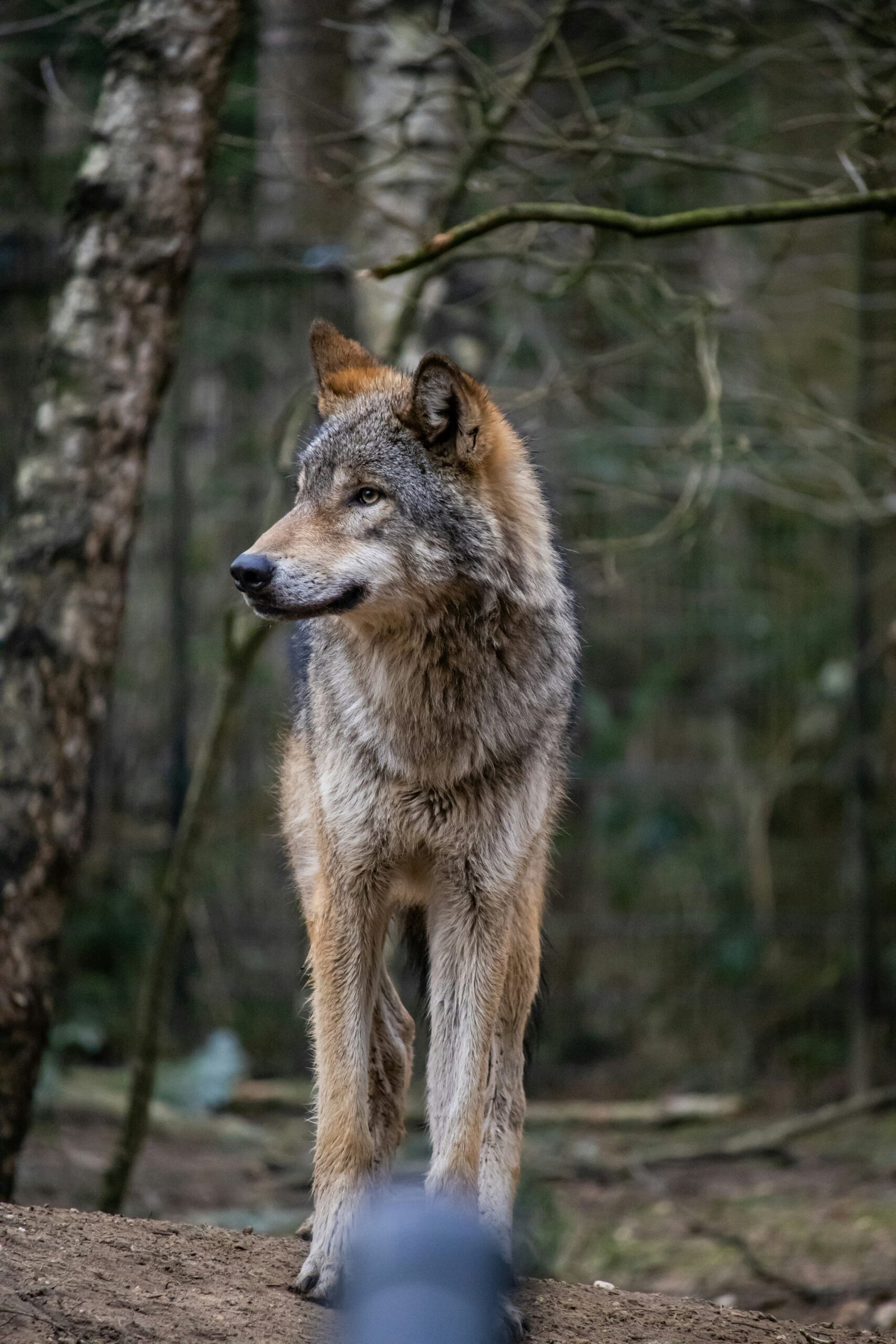The world of Lithuanian mythology is a rich tapestry woven with intriguing tales, legendary beings, and ancient spirits. At the heart of this folklore lie the Ciulioneros, mysterious creatures rooted deeply in the beliefs of Lithuania’s ancient inhabitants. Known as protectors of nature and enigmatic forest dwellers, Ciulioneros hold a special place in Lithuanian culture and continue to inspire modern art, literature, and popular culture. This article explores the fascinating lore, symbolism, and modern-day significance of the Ciulioneros, uncovering the many layers of mystery that surround these legendary spirits.
Understanding the Ciulioneros
Ciulioneros, often referred to as forest spirits, are creatures that inhabit Lithuania’s lush forests. Ciulioneros play a crucial role in maintaining the balance of nature and act as guardians of the forest. For some, they are wise, benevolent creatures that guide lost travelers. For others, they are formidable beings who will fiercely protect their forest domain from human intrusion. Despite the varied depictions, one thing remains consistent: the Ciulioneros command respect for their connection to nature and their power over the natural elements.
Origins and Mythological Significance of Ciulioneros
The origins of the Ciulioneros lie in ancient Lithuanian paganism, a belief system steeped in the worship of nature and its elements. Lithuania was one of the last countries in Europe to adopt Christianity, maintaining its pagan traditions well into the medieval period. This prolonged connection with paganism allowed myths like those of the Ciulioneros to flourish, embedding them deeply in the cultural psyche. In Lithuanian mythology, the forest is a sacred space. It is both a place of mystery and a source of sustenance, providing food, shelter, and protection.
The Physical Appearance and Traits of Ciulioneros
Some tales describe them as having features reminiscent of wolves, bears, or owls—creatures that symbolize strength, wisdom, and resilience in Lithuanian folklore. In some stories, Ciulioneros appear as tall, ethereal beings cloaked in moss and leaves, their eyes glowing like embers in the darkness of the forest.
One of the most distinctive characteristics of the Ciulioneros is their elusive nature. They rarely appear to humans, preferring to remain hidden and only revealing themselves to those they deem worthy. However, those who do encounter a Ciulionero often find themselves changed, gaining a new perspective on nature or an increased sensitivity to the spiritual essence of the world around them.
Ciulioneros in Lithuanian Folklore Stories
Folklore tales involving the Ciulioneros vary widely, with each region and family having its own interpretations. A popular tale involves a hunter who becomes lost in the forest and, in desperation, prays for guidance. A Ciulionero appears and, after testing the hunter’s respect for nature, leads him safely out of the woods. This story highlights the duality of the Ciulioneros—compassionate guides to those who respect the forest, yet merciless to those who defile it.
Modern-Day Influence of Ciulioneros
The legacy of the Ciulioneros extends beyond traditional folklore and continues to inspire Lithuanian art, literature, and culture. Artists often draw on the imagery of Ciulioneros to evoke themes of environmentalism, spirituality, and the power of nature. In Lithuanian literature, the Ciulioneros serve as symbols of national identity and resilience, reminding readers of their connection to the natural world and the importance of preserving it.
In recent years, the Ciulioneros have also made appearances in popular media, such as films, music, and even tourism.
Protectors of Nature: The Environmental Symbolism of Ciulioneros
As environmental consciousness grows globally, the Ciulioneros have come to symbolize the importance of protecting natural ecosystems. In Lithuanian culture, they represent an ancient understanding of humanity’s responsibility to respect and care for the environment.
This symbolism resonates particularly strongly in today’s context of environmental activism. The Ciulioneros embody an ethical stance towards nature, advocating for harmony between humanity and the environment.
The Legacy and Enduring Appeal of Ciulioneros
The Ciulioneros, with their deep roots in Lithuanian mythology, continue to captivate imaginations and inspire reverence for nature. They serve as a reminder of humanity’s ancient connection to the natural world and the mysteries that lie within it.
Conclusion
The Ciulioneros are more than just mythical creatures; they are embodiments of Lithuania’s ancient traditions and deep connection to nature. With their mysterious aura, they continue to inspire and captivate people worldwide, reminding us of the wisdom in respecting and preserving the natural world. Whether encountered through folklore or seen as symbols of environmental stewardship, the Ciulioneros are a testament to Lithuania’s enduring cultural heritage and its profound respect for the spirit of the forest.
Also Read: Ceylan Eye Cream Reviews: Does This Anti-Aging Formula Really Work?
FAQs
How do Ciulioneros differ from other mythological creatures?
The Ciulioneros are unique in their connection to nature and their role as protectors of the forest.
Are there any specific rituals associated with Ciulioneros?
Ancient Lithuanians believed in paying respect to forest spirits by offering small tokens, like food or flowers, at the edge of the forest. This practice was intended to honor the Ciulioneros and ensure safe passage through the woods.
Can Ciulioneros be considered friendly?
Ciulioneros are not easily categorized as friendly or hostile. They are neutral beings who respond based on a person’s actions and respect towards nature. Those who honor the forest may receive their help, while those who harm it may face their wrath.
Is it possible to see a Ciulionero today?
While Ciulioneros are mythical creatures, many people still believe that showing respect for nature and maintaining harmony with the environment can attract their positive energy or influence.
What are some famous representations of Ciulioneros in Lithuanian culture?
Ciulioneros have been depicted in numerous Lithuanian artworks, folklore collections, and cultural festivals. They appear as symbols of nature in literature, music, and visual art, particularly in works that explore Lithuanian mythology.
Why are Ciulioneros significant in modern environmentalism?
Ciulioneros represent a deep respect for nature and the responsibility of humans to protect it. As environmental issues become more pressing, the Ciulioneros serve as powerful symbols of ecological balance and sustainability.





